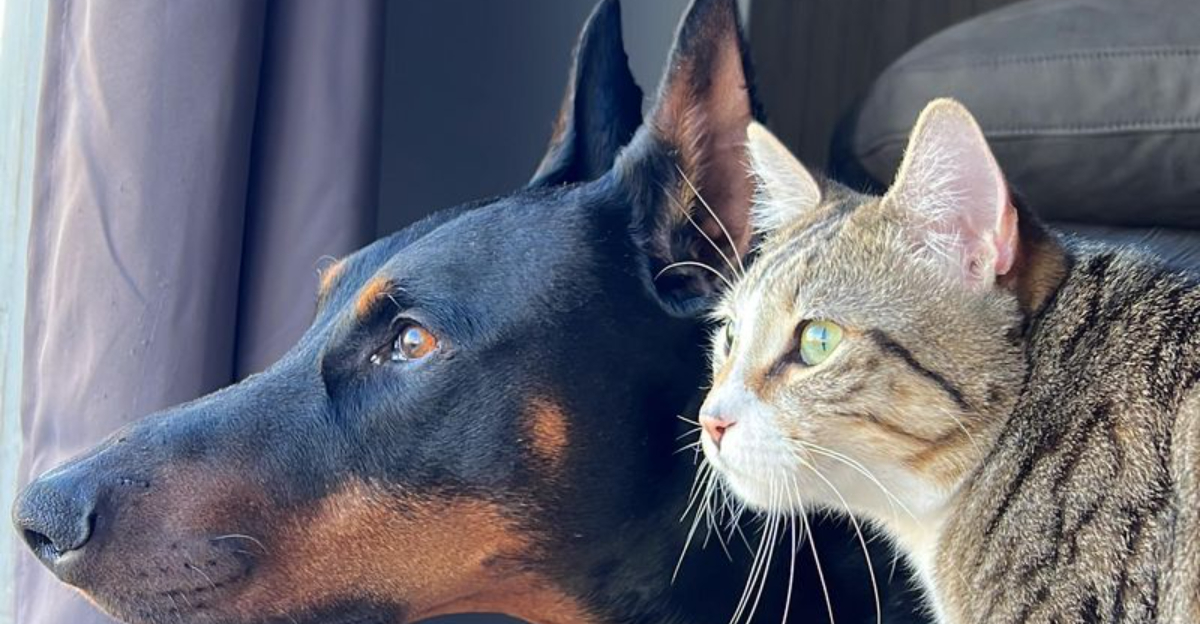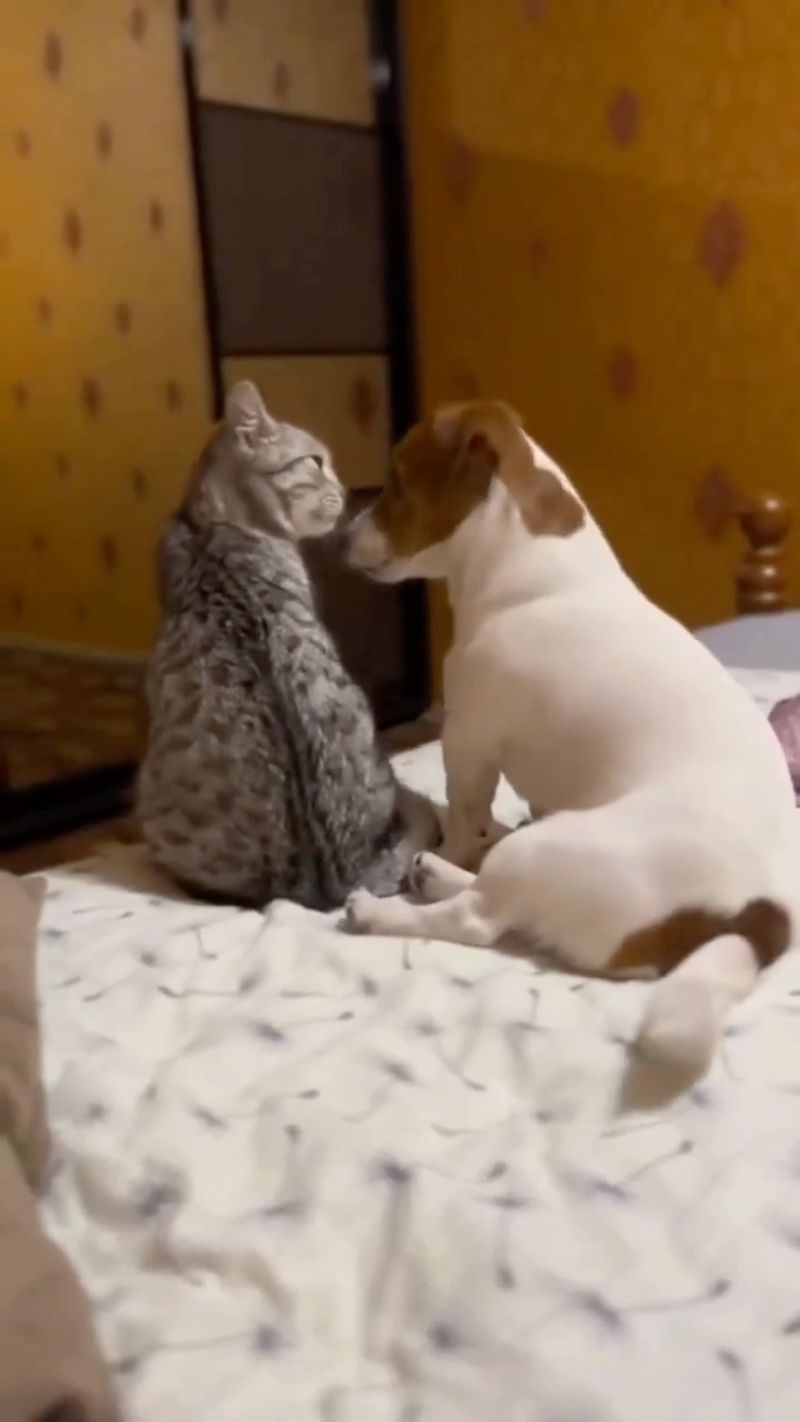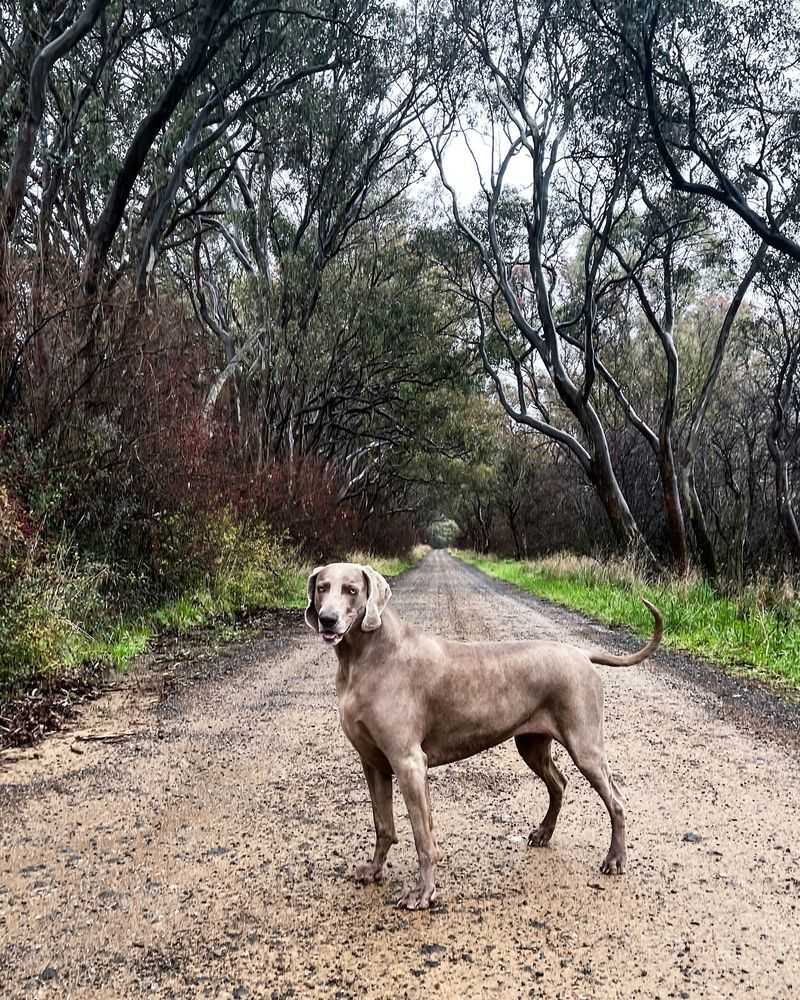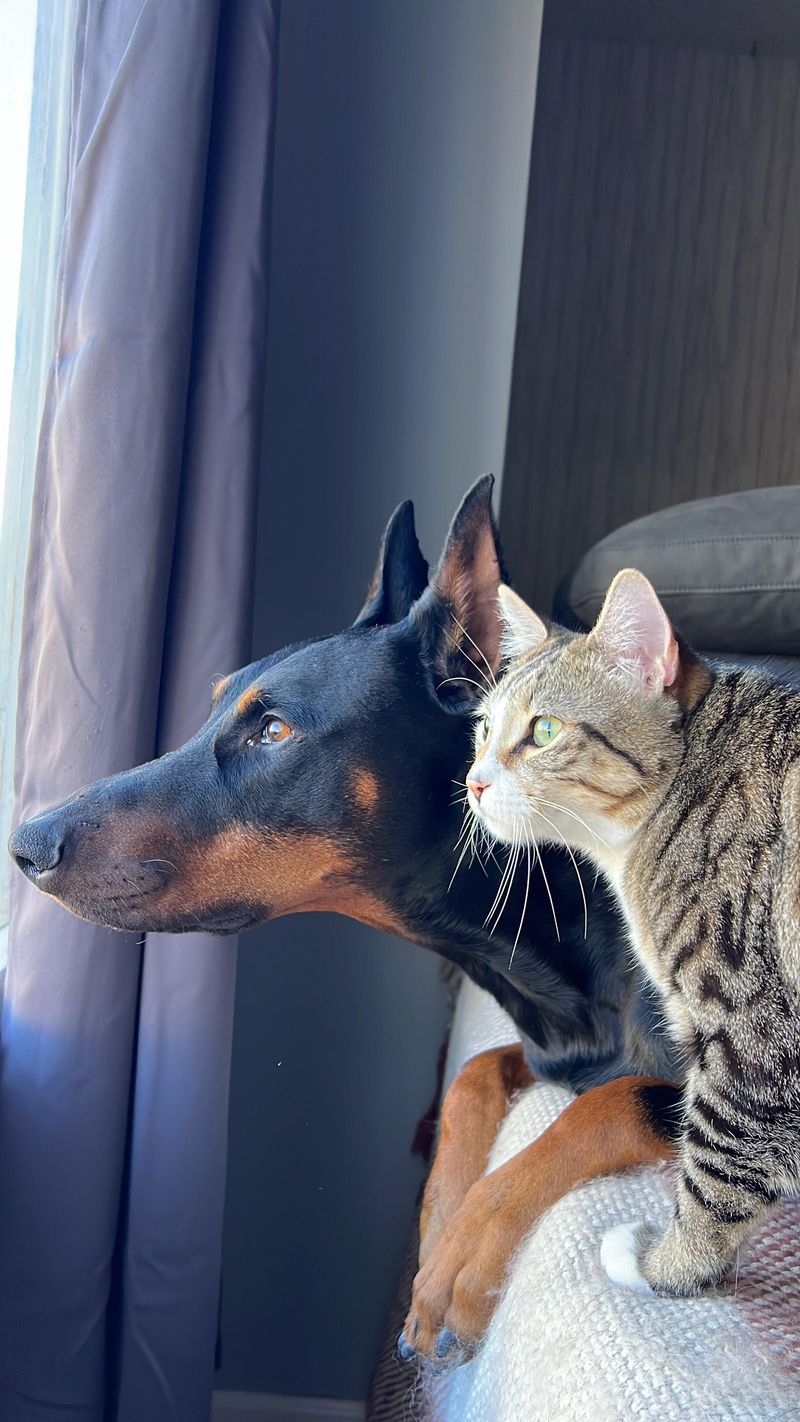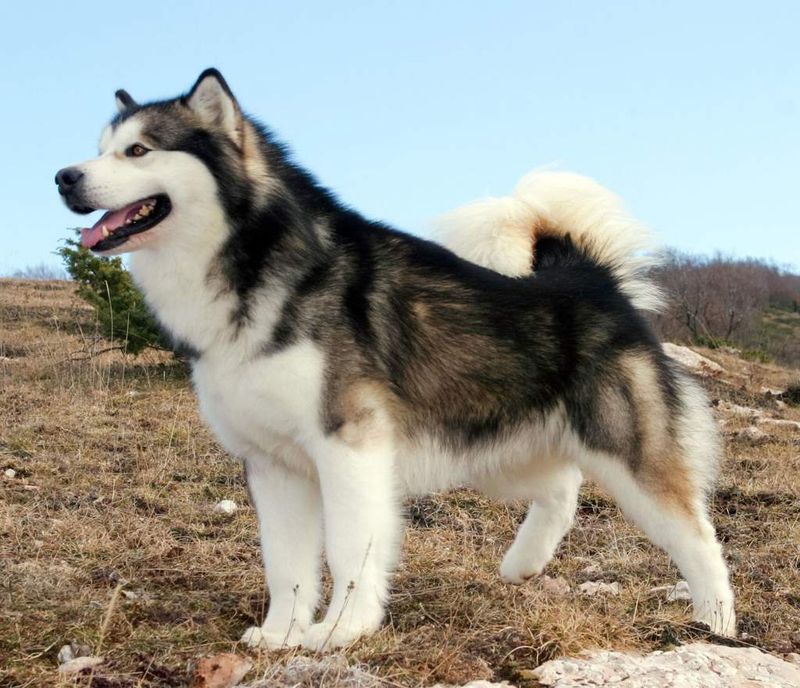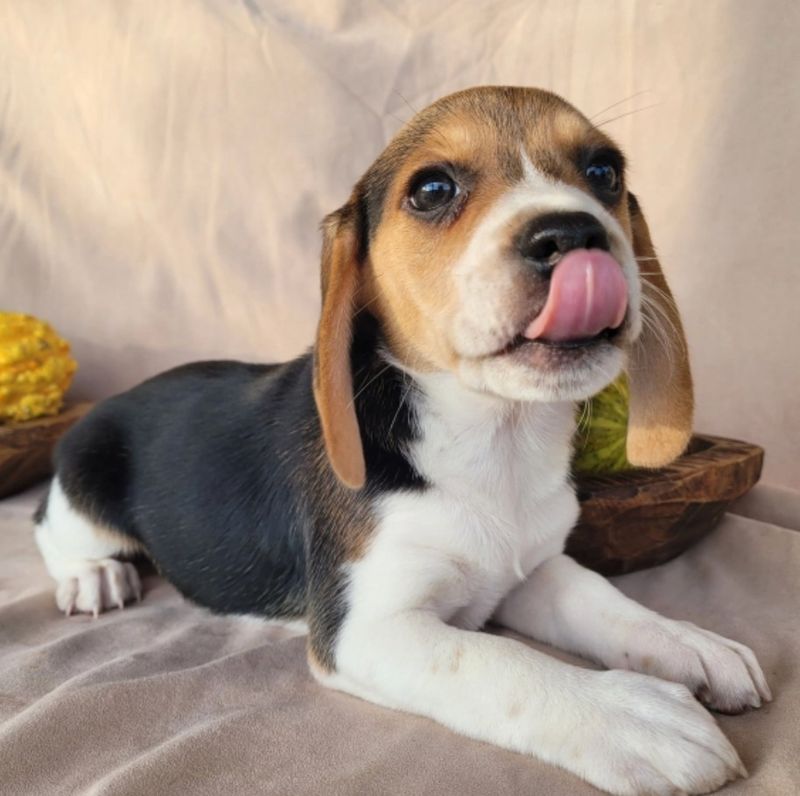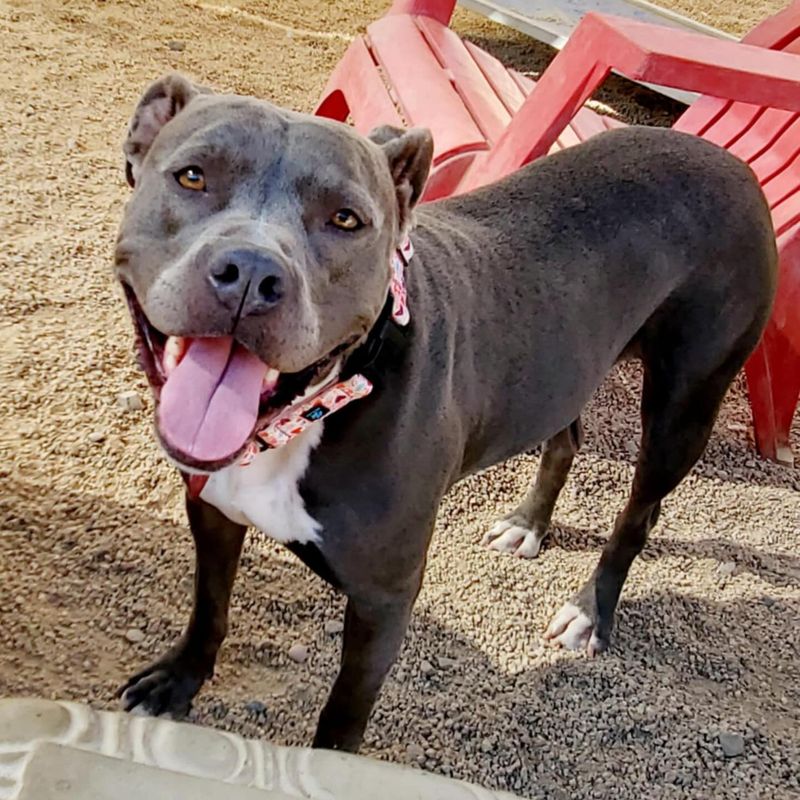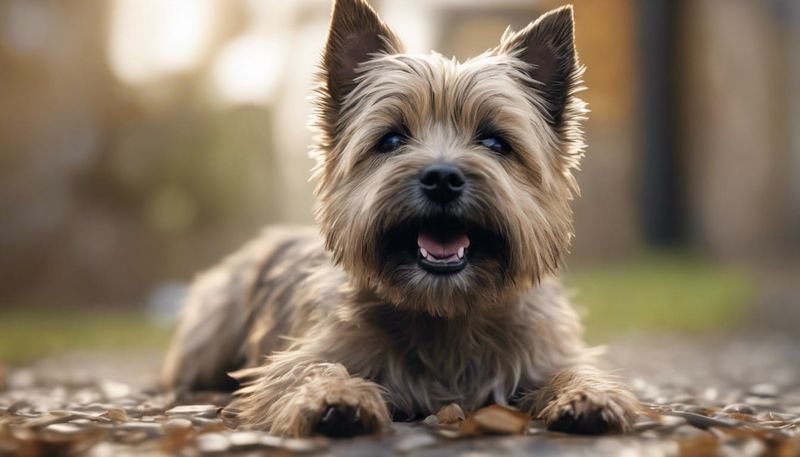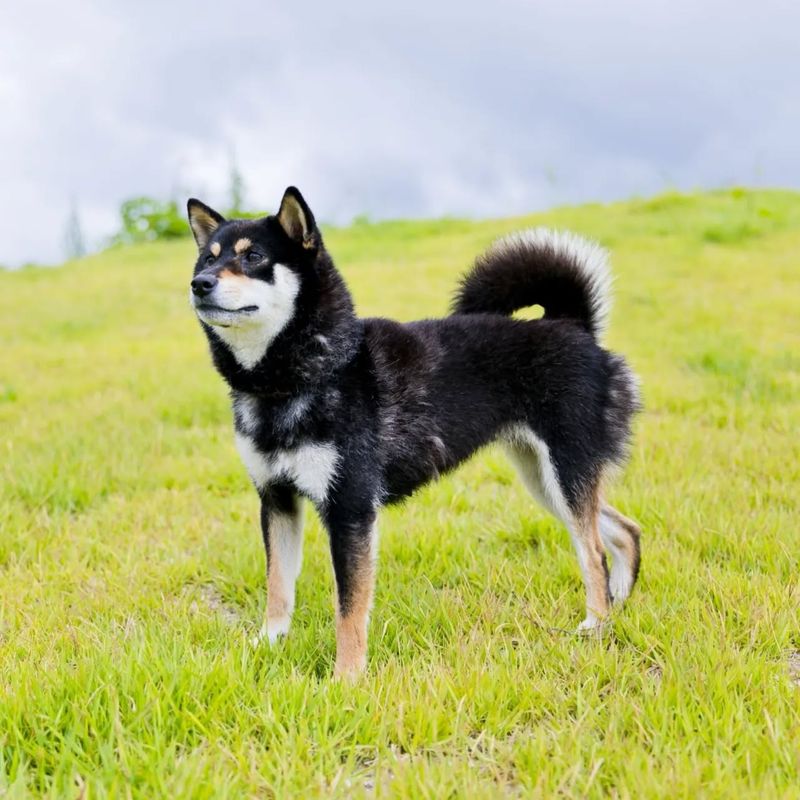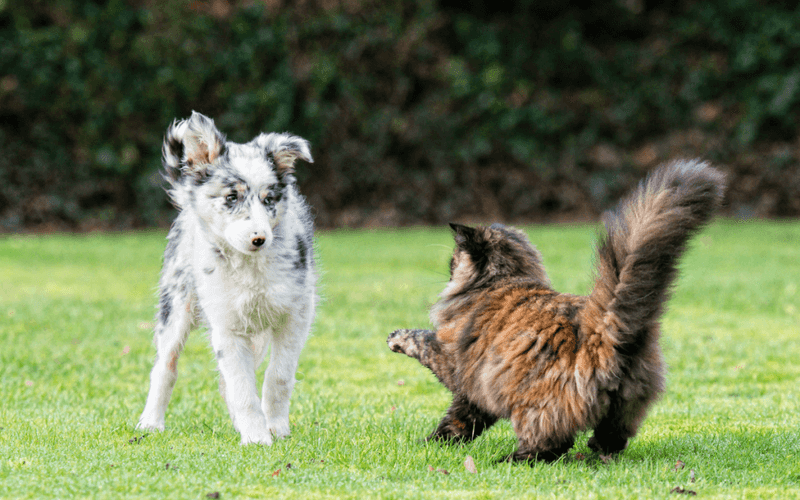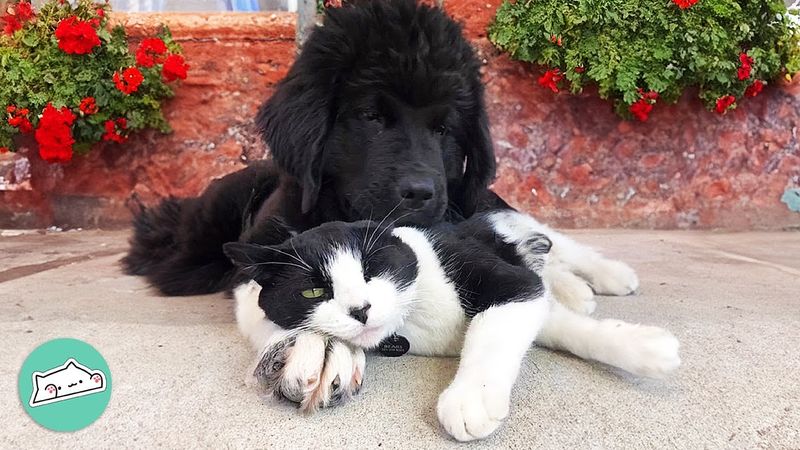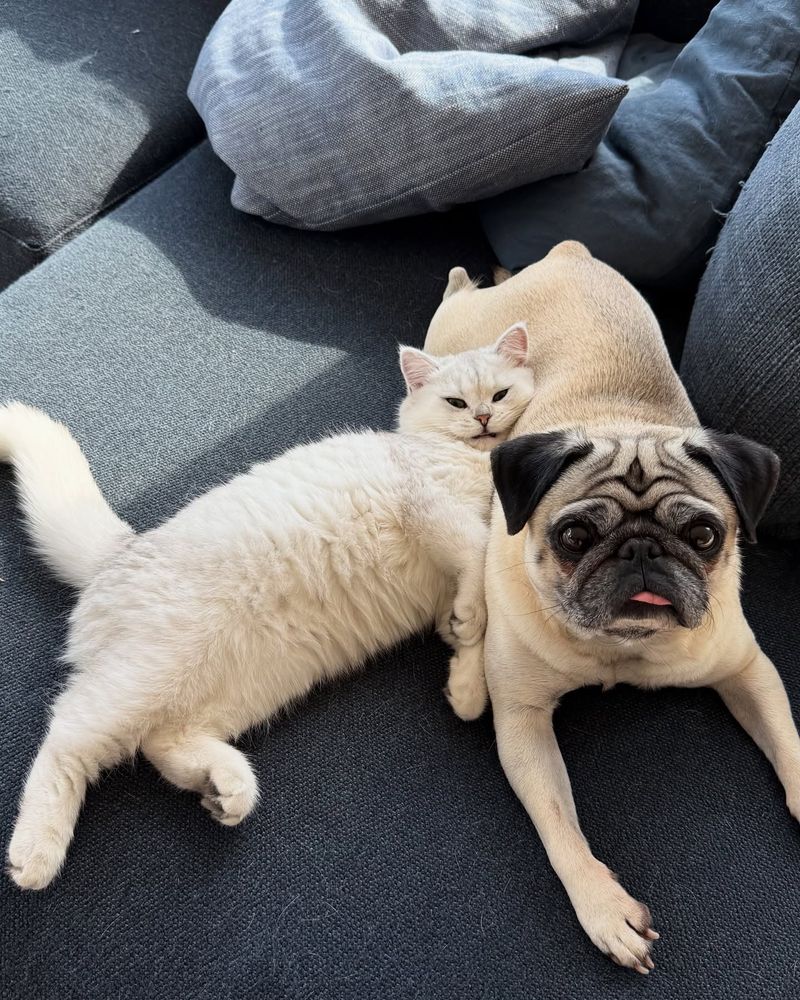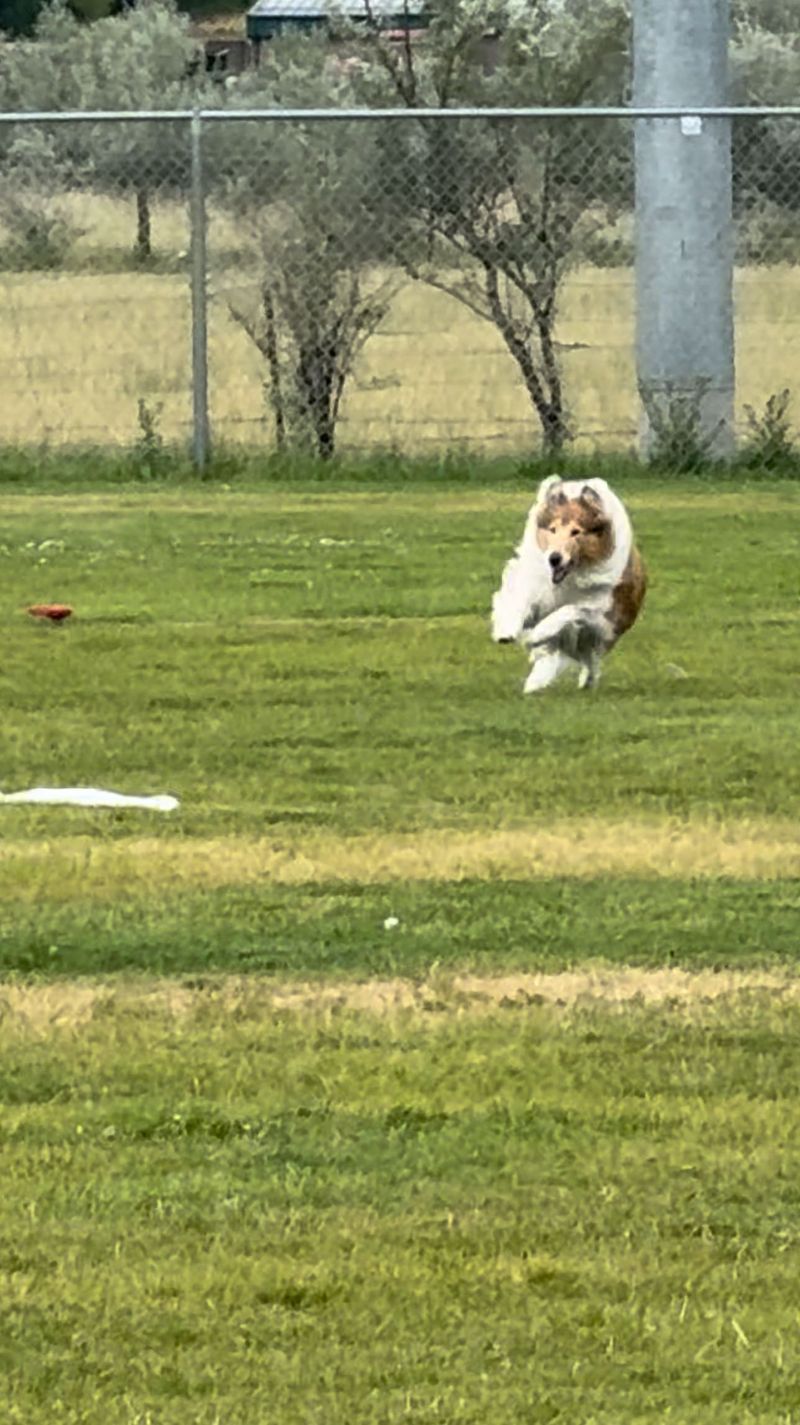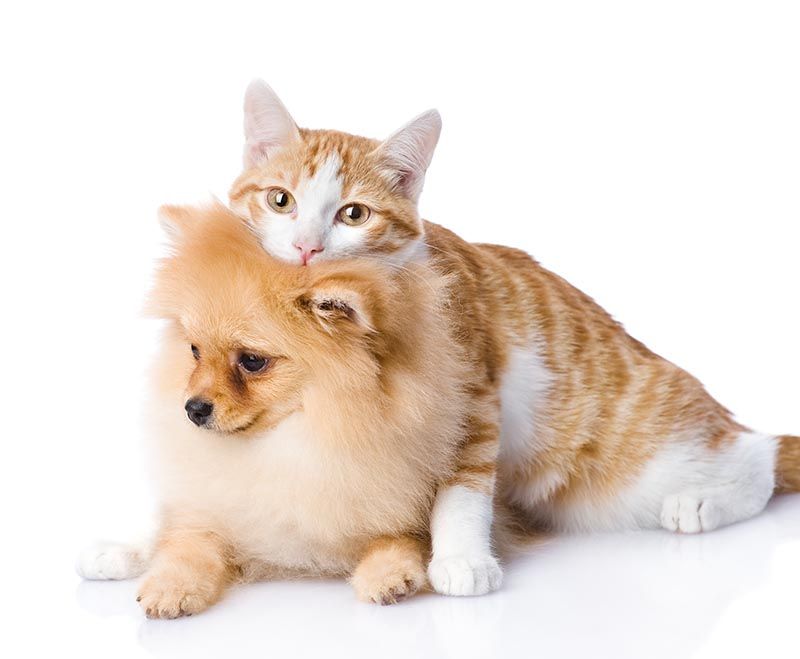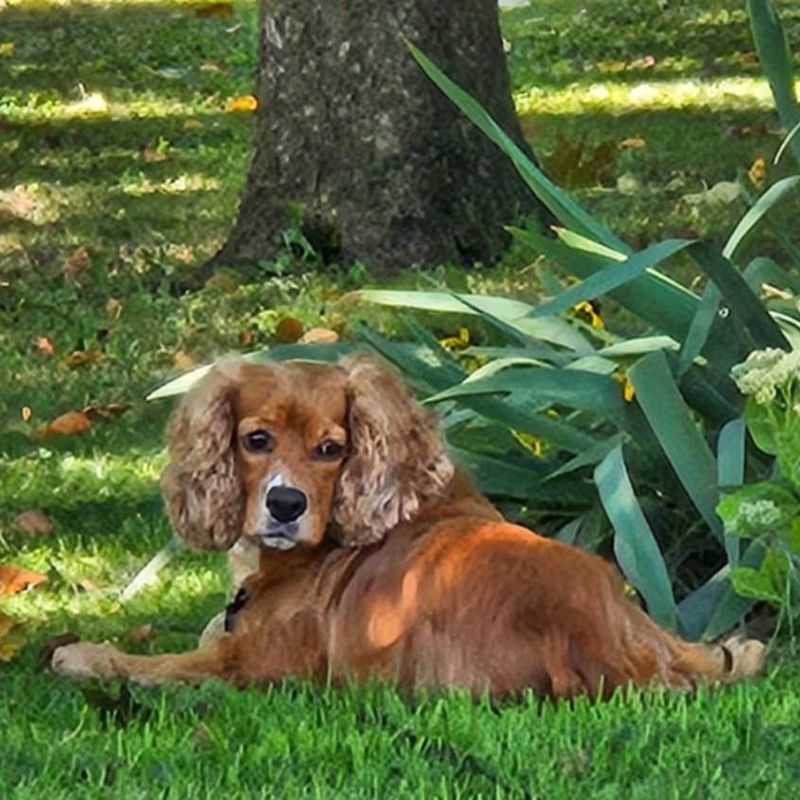Dogs and cats are often portrayed as natural adversaries, yet the reality is far more nuanced. Some breeds have a natural prey drive, making them more likely to chase or even fight with cats, while others are known to cohabit peacefully with their feline counterparts. In this article, we explore 11 dog breeds known for their less-than-cordial relationships with cats and 11 breeds that are celebrated for their harmonious existence with their feline friends.
Greyhound
Greyhounds have a reputation for their incredible speed and agility. This sleek, athletic breed was originally bred for hunting, making its prey drive particularly strong. While gentle with humans, Greyhounds can view smaller animals, like cats, as targets for a chase. Their instinct to pursue can make integration with cats challenging.
However, with patience and training, some Greyhounds can adapt to living peacefully with feline companions. It’s crucial to supervise their interactions initially and allow the Greyhound to understand that the cat is part of the family—not prey.
Fun fact: Greyhounds can reach speeds of up to 45 mph!
Jack Russell Terrier
Jack Russell Terriers are known for their energetic personalities and tenacity. Originally bred for fox hunting, they have a strong prey instinct. This can lead them to chase smaller animals, including cats. Their high energy and intelligence make them exciting companions, but also a challenge for households with cats.
Socialization from a young age can help reduce this tendency, though it’s not always guaranteed. Jack Russells often require consistent training and a lot of patience to adapt to life with felines.
Did you know? Jack Russell Terriers were featured in the TV series “Frasier.”
Siberian Husky
Siberian Huskies are celebrated for their striking appearance and independent nature. These strong-willed dogs were bred to pull sleds in harsh climates, which means they have a strong drive to work and chase. Cats can often become the target of their instinctive pursuits.
Socialization and training are essential to manage their prey drive around cats. While some Huskies can learn to coexist with felines, it’s a commitment that requires patience and diligence.
Fun fact: Siberian Huskies were the breed that helped deliver diphtheria serum across Alaska in 1925.
Weimaraner
Known as the “Gray Ghost”, the Weimaraner is a hunting dog with a keen sense of smell and an urge to chase. These elegant dogs are loyal and affectionate but possess a strong prey drive. Cats, small animals, and birds can easily catch their attention as targets.
Early socialization can sometimes help Weimaraners adapt to living with cats, but it’s not always successful. Regular exercise and mental stimulation are crucial to keep their hunting instincts satisfied.
Did you know? Weimaraners were originally bred for hunting large game like boar and deer.
Doberman Pinscher
Doberman Pinschers have a reputation for their protective nature and intelligence. While they are loyal family dogs, their instincts can lead them to see cats as intruders or prey. This breed requires a confident and experienced owner to manage their behavior around smaller animals.
Training from a young age and proper socialization are essential, yet they might still see felines as a threat. Patience and consistency can sometimes foster a peaceful coexistence.
Fun fact: Doberman Pinschers were bred by a tax collector named Louis Dobermann in Germany in the late 19th century.
Alaskan Malamute
Alaskan Malamutes are powerful dogs with a strong pack mentality and an urge to chase. Originally bred for hauling heavy freight, they have a high prey drive, making them prone to chasing smaller animals like cats.
While they can be affectionate family members, it’s essential to introduce them to cats cautiously. Training and socialization from a young age can help mitigate their instinct to chase, but it requires commitment.
Did you know? Alaskan Malamutes were named after the Mahlemuts, the Inuit tribe that developed this breed.
Beagle
Beagles are known for their friendly disposition and keen sense of smell. Bred as hunting dogs, Beagles have a natural instinct to chase and track, often leading them to pursue cats and other small animals.
Despite their gentle nature, their hunting background means they might see felines as something to chase. However, with proper training, some Beagles can learn to live harmoniously with cats.
Fun fact: Beagles have been popularized in pop culture by characters like Snoopy from the “Peanuts” comic strip.
Pit Bull Terrier
The Pit Bull Terrier is known for its strength and affectionate nature. Despite their loving demeanor with humans, their prey drive can be high, leading them to chase cats and other small animals.
Training and socialization are crucial to manage their interactions with felines. While some Pit Bulls can learn to coexist with cats, it’s essential to monitor their behavior closely.
Did you know? Pit Bulls were originally bred in England for bull-baiting and later became “nanny dogs” due to their affectionate nature with children.
Cairn Terrier
Cairn Terriers are small but mighty dogs, known for their fearless nature and curiosity. Bred for hunting vermin, they have a strong prey drive that might extend to cats.
Despite their small size, they can be quite determined in their pursuits. Training and proper socialization are vital to help them adapt to living with cats, but it can be a challenging process.
Fun fact: The Cairn Terrier gained fame as Toto in the classic film “The Wizard of Oz.”
Shiba Inu
Shiba Inus are known for their spirited personality and fox-like appearance. This Japanese breed is independent and can have a strong prey drive, making them prone to chasing cats.
While they are loyal to their families, their aloof nature can make training challenging. Socialization from a young age is crucial but might not always overcome their instinct to see cats as prey.
Did you know? Shiba Inus are one of the oldest and smallest native Japanese dog breeds.
Border Collie
Border Collies are renowned for their intelligence and herding instincts. Originally bred for working livestock, these dogs have a strong instinct to chase and herd, which can extend to cats.
Without proper training, they might see felines as part of their “flock” to herd or chase. Early socialization and consistent training can help manage these instincts, but it’s a continuous effort.
Fun fact: Border Collies are often considered the smartest dog breed in the world.
Golden Retriever
Golden Retrievers are celebrated for their friendly and tolerant nature, making them one of the most popular family pets. This good-natured breed is known to get along well with cats, often forming strong bonds with their feline friends.
Their gentle demeanor and eagerness to please make them excellent companions in mixed pet households. With proper introductions, they can live harmoniously with cats, enjoying each other’s company.
Did you know? Golden Retrievers are often used as therapy dogs due to their calm and friendly nature.
Labrador Retriever
Labrador Retrievers are known for their outgoing and friendly demeanor. Their easygoing personality makes them excellent companions for families with cats. Labs are eager to please and generally non-aggressive, allowing them to cohabit peacefully with felines.
With their playful nature, they often enjoy interacting with cats, making them a great addition to any pet-loving household. Early socialization helps reinforce their compatibility with cats.
Fun fact: Labrador Retrievers have been the most popular dog breed in the US for over 30 years.
Cavalier King Charles Spaniel
Cavalier King Charles Spaniels exude elegance and grace, with a love for companionship. This gentle and sociable breed often gets along well with cats, enjoying the company of both humans and felines alike.
Their affectionate nature means they are likely to form strong bonds with their feline housemates. With their calm demeanor, Cavaliers make excellent companions in a mixed pet household.
Did you know? The breed is named after King Charles II of England, who was known to be fond of these spaniels.
Bichon Frise
Bichon Frises are bundles of joy, with their cheerful disposition and playful nature. This breed’s amiable temperament makes them outstanding companions for households with cats.
They typically adapt well to feline friends, often engaging in playful antics and forming close friendships. Their size and friendly demeanor make them less intimidating to cats, fostering a peaceful coexistence.
Fun fact: The Bichon Frise was a popular breed among European nobility in the 16th century.
Newfoundland
With a heart as big as its paws, the Newfoundland is every child’s gentle guardian. Known for their calm and patient demeanor, they are typically excellent with cats, often treating them with gentle curiosity.
Their size might be intimidating, but their affectionate nature usually wins over feline companions. Proper introductions are key, but Newfoundlands are usually quick to accept cats as part of the family.
Did you know? Newfoundlands are strong swimmers and have been used in water rescue operations.
Pug
Pugs are known for their charming personalities and laid-back demeanor. Their easygoing nature makes them perfect companions for cats, often enjoying lazy afternoons lounging together.
These sociable dogs love to be in the company of others, making them excellent additions to mixed pet households. Their compact size and gentle playfulness make them non-threatening to feline friends.
Fun fact: Pugs were once the chosen pets of Chinese emperors and have a long history of companionship.
Maltese
The Maltese is a breed that combines elegance with affection. Known for its gentle and friendly nature, this small dog often gets along well with cats.
Their petite size and calm demeanor make them less threatening, allowing for peaceful coexistence with feline companions. Maltese dogs enjoy companionship and are often seen snuggling with cats on cozy afternoons.
Did you know? The Maltese has been a cherished companion for over two millennia, dating back to ancient Greece.
Collie
Collies are famous for their loyalty and protective instincts, often forming strong bonds with other animals, including cats. This breed’s intelligence and gentle nature make them excellent companions in multi-pet households.
They tend to be nurturing and watchful, ensuring the safety of their furry friends. With proper introductions, Collies can live harmoniously with cats, often sharing close friendships.
Fun fact: Collies gained worldwide fame through the “Lassie” series, showcasing their loyalty and intelligence.
Pomeranian
Pomeranians are small dogs with big personalities. Known for their lively spirit, they often enjoy the company of cats, especially when properly introduced.
Their playful nature and inquisitiveness can lead to delightful interactions with feline friends. Despite their tiny stature, Pomeranians are confident and often form strong bonds with cats.
Did you know? Pomeranians were popularized by Queen Victoria, who adored this spirited breed.
Cocker Spaniel
Cocker Spaniels are known for their joyful disposition and friendly demeanor. This breed’s affectionate nature makes them ideal companions for cats, often engaging in playful antics.
They usually adapt well to feline friends, enjoying each other’s company and forming close bonds. Their sociable nature ensures a harmonious existence in mixed pet households.
Fun fact: Cocker Spaniels are one of the oldest spaniel breeds, originally bred for hunting in the UK.
Papillon
The Papillon is a breed known for its intelligence and elegance, with distinctive butterfly-like ears. Their friendly and social nature makes them excellent companions for cats.
Papillons are eager to please and often form strong bonds with feline friends. Their playful energy and delicate frame make them non-threatening to cats, fostering peaceful relationships.
Did you know? The name Papillon means “butterfly” in French, named after their unique ear shape.
